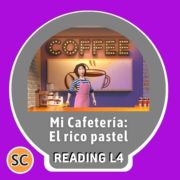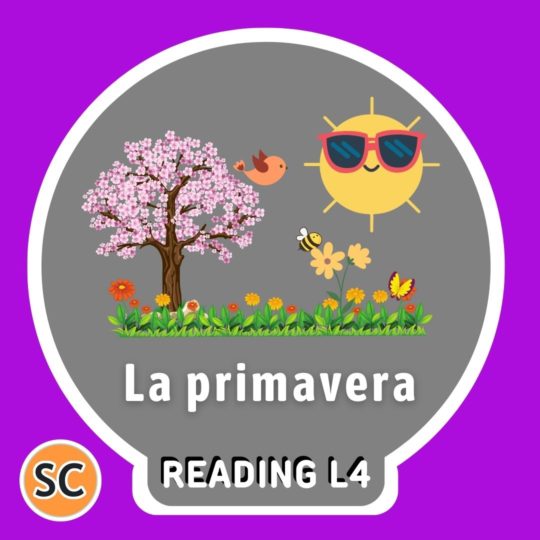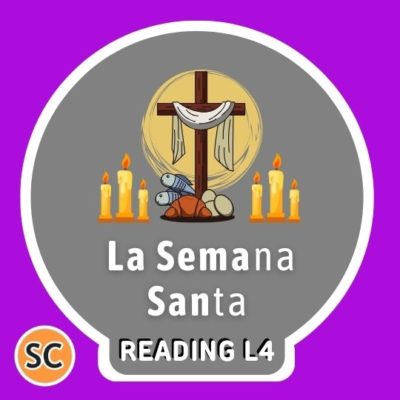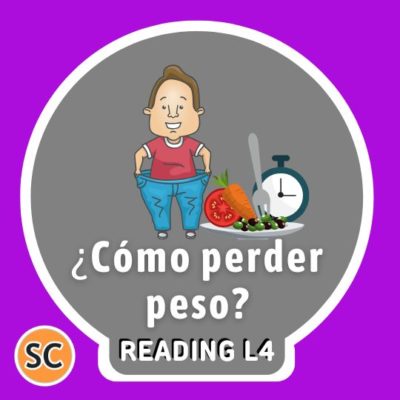Comidas en La Paz Bolivia
In this post: “Comidas en La Paz Bolivia – Meals in La Paz – Bolivia”,you will learn about the typical dishes in La Paz Bolivia: What they have for breakfast, lunch, snacks and so on. This information will help you to know about La Paz city life and the foods they have. Learn more Spanish vocabulary in this reading.
Readings : Meals in La Paz – Bolivia
| Spanish | English |
|---|---|
| Desayuno Por la mañana, por lo general, se come una marraqueta, que es el pan fresco del día, con un trozo grande de queso fresco. A veces también se agrega al pan mantequilla, mermelada o miel. Se toma una bebida caliente que puede ser café, leche, té o mate. A veces, se comen huevos duros o pasados, y se bebe zumo de naranja o de alguna otra fruta fresca. Los fines de semana, uno se sirve un tradicional Api con llauchas. | Breakfast In the morning, usually a marraqueta, which is the fresh bread of the day, is eaten with a large piece of fresh cheese. Sometimes butter, jam or honey is also added to the bread. A hot drink is drunk, which can be coffee, milk, tea or mate. Sometimes hard-boiled or soft-boiled eggs are eaten, and orange juice or some other fresh fruit is drunk. On weekends, a traditional Api con llauchas is served. |
| Merienda de la mañana Muchas veces, a eso de las 11 de la mañana, las personas se sirven unas deliciosas salteñas. Las hay de carne, de pollo, de fricasé y hasta vegetarianas. | Morning snack Many times, around 11:00 a.m., people serve themselves delicious salteñas. There are beef, chicken, fricassee and even vegetarian ones. |
| Almuerzo (entre las 12 y las 2 de la tarde) El almuerzo es abundante: Se comienza con una entrada (una pequeña ensalada bien sazonada), una deliciosa sopa criolla, un plato fuerte, llamado segundo, que puede tener carne pollo, chancho o pescado acompañado de arroz, papa, y verduras y el postre que puede ser un yogurt, un helado o una fruta, que son postres habituales. | Lunch (between 12 and 2 p.m.) Lunch is abundant: It starts with a starter (a small salad well seasoned), a delicious Creole soup, a main dish, called “segundo”, which can have chicken, pork or fish accompanied by rice, potatoes and vegetables, and dessert, which can be yogurt, ice cream or fruit, which are common desserts. |
| Té o merienda (entre las 4 y 6 de la tarde) Es una pequeña comida para los niños o los trabajadores y es muy similar al desayuno: la tradicional marraqueta con queso, o una sarnita fresca. | Tea or snack (between 4 and 6 p.m.) This is a small meal for children or workers and is very similar to breakfast: the traditional marraqueta with cheese, or a fresh sarnita. |
| La cena (a partir de las 7 de la noche) Suele ser un plato sencillo y liviano, por lo general de lo que quedó del almuerzo. La cena tiene menos comidas que el almuerzo, es decir: una sopa o entrada y un segundo o también un segundo y un postre. | Dinner (from 7 p.m. onwards) This is usually a simple and light dish, usually from what is left over from lunch. Dinner has fewer meals than lunch, i.e.: a soup or starter and a main course, or a main course and a dessert. |
| En las comidas principales, mucha gente suele beber jugos, gaseosas y a veces cerveza. También se bebe mucha agua y al final de la comida, se toma un café fuerte o, una infusión o mate. | At main meals, many people drink juices, sodas and sometimes beer. They also drink a lot of water and at the end of the meal, they drink a strong coffee or, an infusion or mate. |
| Spanish | English |
|---|---|
| 1. ¿Cuál es el pan tradicional de La Paz? | What is the traditional bread of La Paz? |
| 2. ¿Por lo general, ¿qué desayunamos? | What do we usually have for breakfast? |
| 3. ¿A qué hora se sirve el almuerzo? | At what time is lunch served? |
| 4. ¿Qué es lo que la gente suele tomar en las comidas principales? | What do people usually drink during main meals? |
| 5. ¿Qué se sirve uno a media mañana? | What do people have in the mid-morning? |
Readings Level 4 – List
1. Beware of theft: Atención a los robos (Test)
2. Carrot, eggs and coffee bean: Zanahoria, huevo y café (Test)
3. Meals in La Paz – Bolivia: Comidas en La Paz Bolivia (Test)
4. How to lose weight?: ¿Cómo perder peso? (Test)
5. Winter: El invierno (Test)
6. Spring: La primavera (Test)
7. Summer: El verano (Test)
8. Autumn: El otoño (Test)
9. Holy week?: La Semana Santa (Test)
10. The last day of the year: El ultimo día del año (Test)
Do you want to learn more Spanish readings Level 4? Click on the image of your interest:
Explore More Spanish Reading Levels: Click on the level of your interest:
Do you want to practice another Resource? Click on the image of your interest:




































